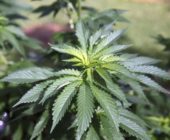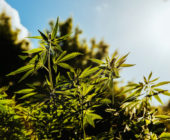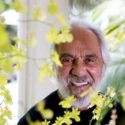This much ought to be clear by now: If you ask the internet to settle anything, you do so at your own peril.
A municipality in southeastern Estonia recently asked internet users what its symbol should be. Their answer: the cannabis leaf.
Undeterred, the town, Kanepi, adopted the leaf as its emblem Wednesday. Kaido Koiv, chairman of the town council, defended the decision as a “very democratic” process, according to Reuters, even though the number of online voters in favor of it — about 12,000 — was more than double the municipality’s population of 5,000.
The choice of the marijuana plant is not entirely incongruous: Kanep means cannabis in Estonian, and the leaf, according to local legend, has been used as a symbol of the area for at least 150 years, referring to the hemp traditionally grown and made into cloth, oil and rope there.
Arno Kakk, another council member, expressed some reservations, however.
“I must say that I am not for the fact that we will be marching under this kind of flag,” he told Reuters.
Nine members of the local council voted in favor of the design, while eight opposed it.
The sale and consumption of marijuana are illegal in Estonia, and possession in small amounts is subject to a fine.
The episode underscores some of the perils of inviting internet users to make decisions.
In 2016, the Science Ministry in Britain started a campaign to name an Antarctic research vessel, but the plan backfired to much amusement when voters overwhelmingly supported the name Boaty McBoatface — an option that failed to capture the grandeur that officials had probably been seeking.
To the dismay of many, the ministry ignored the results of the poll and announced that the ship would be named after naturalist David Attenborough.
In an attempt to soothe hurt feelings, British officials acknowledged the Boaty McBoatface phenomenon by bestowing the name on a remotely operated submarine that would accompany the David Attenborough in collecting data and samples.
By Kimiko de Freytas-Tamura
New York Times








